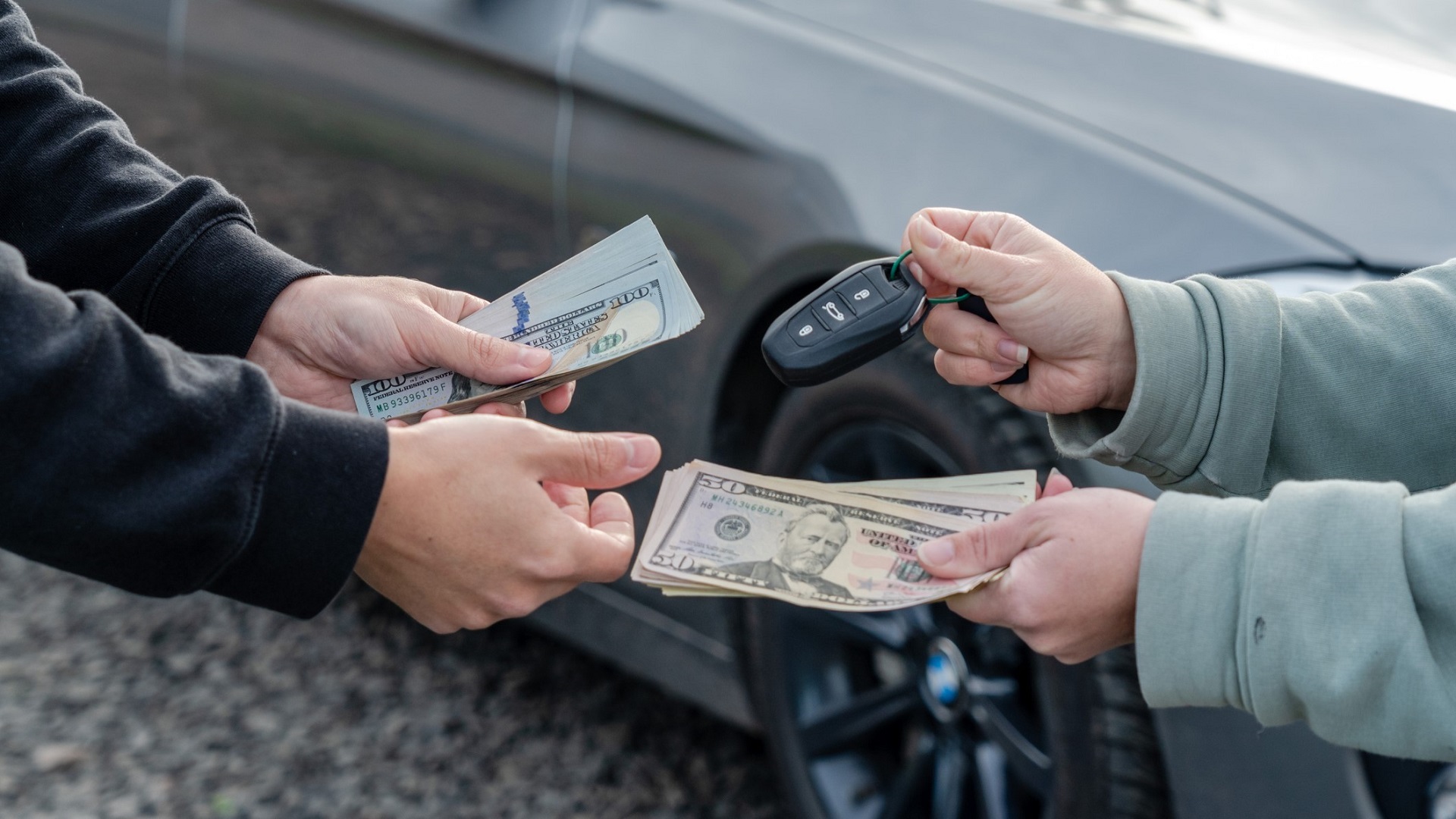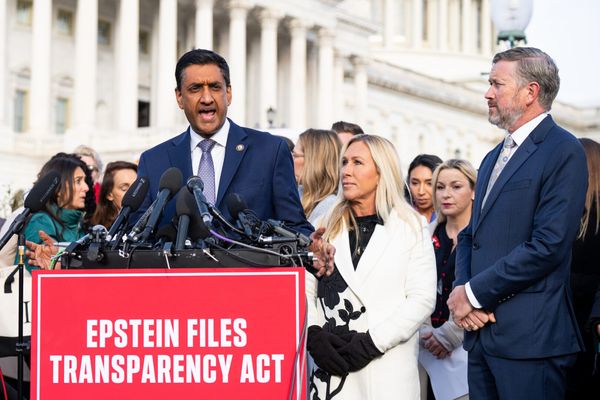
Most people are familiar with the basic costs that come with car ownership. In addition to the price of the car, you should expect to pay taxes and fees that are disclosed at the time of sale. If you’re taking out a loan to buy the car, you’ll also have to make regular payments of principal and interest.
Be Aware: 5 Cars With Trade-In Values So Low That They’re Not Worth Selling
Read Next: How Far $750K Plus Social Security Goes in Retirement in Every US Region
But beyond these clear and obvious costs, there are hidden expenses to car ownership that aren’t as frequently discussed. Here are some additional expenses you should prepare for before you buy a car.
Depreciation
Depreciation is often overlooked as an expense because it doesn’t involve paying cash out of your pocket directly. But it’s one of the biggest costs of owning a car.
In the first two years that you own your car, it will likely drop in value by at least 30%, per Kelley Blue Book. While you don’t technically pay that cost in cash, you’ll certainly feel it if you decide to sell your car after one or two years. After five years, the average car’s residual value is only 45%, according to Kelley Blue Book. That means if you paid the average cost for a new car, which in 2025 is roughly $48,000, you’ll lose over $26,000 in value in just five years.
While cars are a necessity for many Americans, in terms of building wealth, depreciating assets like vehicles are a financial disaster.
Check Out: I’m a Car Expert: 5 Most-Improved Luxury Cars That Are Now Worth Your Money
Opportunity Cost
Whenever you spend money on something, you incur an opportunity cost by not choosing something else. In the case of a new car, for example, you are spending that money on a depreciating asset instead of investing it in something that’ll likely go up in value, like an S&P 500 index fund.
Imagine that you pay $48,000 cash for a new car that depreciates in value to $24,000 after five years. Not only have you lost $24,000 in value, but you’ve also missed out on the potential gain of the stock market over that same period of time. If you instead invested that $48,000 and earned a 10% average annual return over those five years, you would end up with about $79,000. That amounts to roughly $55,000 in lost opportunity cost.
Obviously, in the first scenario you also get to enjoy the use of a vehicle for five years. But the point is that from a strictly financial standpoint, you’d be far behind if you spent that money on a depreciating asset instead of investing it.
Uninsured Motorist Insurance
In almost every state, car insurance is mandatory. However, that doesn’t mean every motorist in America has it. In fact, a significant percentage of Americans don’t have car insurance, led by Mississippi and its whopping 29.4% uninsured motorist rate.
Overall, according to SimplyInsurance, 12.6% of American drivers don’t have car insurance, amounting to 32 million individuals. Fewer than half of states, however, require drivers to get uninsured motorist insurance.
What this all means is that one way or another, uninsured motorists are going to add to the cost of owning your vehicle. If you get coverage for uninsured drivers, you’ll have to add a few bucks every month to your insurance bill. But if you don’t, then if you’re involved in an accident, even if it’s not your fault, you might have to foot the whole bill yourself.
Fuel
According to J.D. Power, Americans spend an average of $2,449 per year on gasoline alone, or roughly $204 per month. That amounts to about 3.2% of the average household’s monthly expenses, so it’s not an inconsequential cost.
In fact, in many cases, gasoline costs more than car insurance on a monthly basis, so it’s definitely an expense that should not be overlooked.
Maintenance
It’s true that the maintenance cost for new vehicles tends to be fairly low, as they are still under warranty and many dealers offer free maintenance for the first couple of years. But as time goes on, maintenance and repair costs can pile up.
As reported by Insurify, citing AAA data, the average cost of car maintenance is $762 per year, or about $66 per month. That number only grows as cars age. Things also add up if you don’t spend the money on preventive maintenance through the years.
The Bottom Line
Although many of the added costs to owning a car might not amount to a lot by themselves, you could be paying hundreds of dollars more per month for your car than your financing payment might suggest when those costs are added together.
Be sure to incorporate all of these hidden costs into your calculations before you decide which car you can truly afford over the long run.
More From GOBankingRates
- 3 Luxury SUVs That Will Have Massive Price Drops in Summer 2025
- 4 Things You Should Do if You Want To Retire Early
- The 5 Car Brands Named the Least Reliable of 2025
- 10 Cars That Outlast the Average Vehicle
This article originally appeared on GOBankingRates.com: The Hidden Costs of Car Ownership No One Talks About







